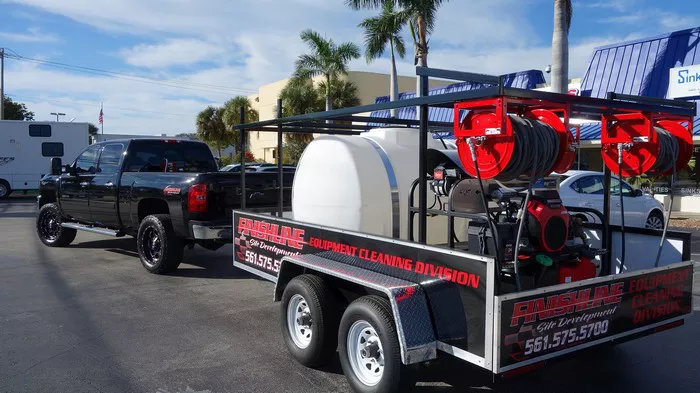Pressure washers are powerful cleaning tools that utilize a high-pressure stream of water to remove dirt, grime, and stains from various surfaces. They are a versatile solution for tackling tasks like cleaning patios, decks, driveways, vehicles, and more. However, for a pressure washer to function effectively and safely, water is an absolute necessity.
Why Water is Crucial
Water plays a dual role in the pressure washing process: it’s the very element that creates the high-pressure stream for cleaning, and it serves as a critical coolant and lubricant for the pump, the heart of the pressure washer.
See also: The GPM Needs in Pressure Washers
1. Foundation for Pressure: The pressurized water flow is generated by drawing water from a source and forcing it through a pump. Inside the pump, pistons or a crankshaft compress the water, significantly increasing its pressure. This high-pressure water is then channeled through the hose and spray wand, creating the powerful cleaning force. Without water, there’s simply nothing for the pump to pressurize.
2. Cooling and Lubrication: During operation, the pump generates a lot of friction. Water acts as a coolant, absorbing heat and preventing the pump from overheating. Additionally, water lubricates the internal components of the pump, minimizing wear and tear. Running a pressure washer dry can lead to severe damage, including overheating, worn seals, and even complete pump failure.
3. Warranty Issues: It’s important to note that starting a pressure washer without water can void your warranty. Most manufacturer warranties explicitly state that operating the machine dry is considered user misuse and excludes coverage for any resulting damage.
See also: Pressure Washing Service Cost
Safe Startup Procedures
For detailed instructions on starting your specific pressure washer model, always refer to the manufacturer’s manual. However, some general steps apply to most pressure washers:
1. Connect the Hoses: Securely connect the garden hose to your water tap and the high-pressure hose to the pressure washer’s inlet. Ensure all connections are tight to prevent leaks.
2. Turn on the Water Supply: Open the water tap fully to allow for maximum water flow.
3. Purge Air: With the water supply turned on, activate the trigger gun and hold it open. This allows air trapped within the hoses and pump to escape. Keep the trigger held open until a steady stream of water flows consistently.
4. Start the Engine (Gas-powered models): Once the air is purged and water flows freely, follow the manufacturer’s instructions for starting the engine on gas-powered models.
5. Engage Safety Lock (Electric models): For electric pressure washers, ensure the safety trigger lock is engaged before starting the motor.
Conclusion
Water is the lifeblood of a pressure washer, playing a vital role in both creating the cleaning power and protecting the internal components. Never attempt to operate your pressure washer without a proper water source. Doing so can lead to significant damage, potential warranty issues, and even safety hazards.
By following these simple steps and prioritizing a safe startup routine, you can ensure your pressure washer operates efficiently, delivers optimal cleaning results, and lasts for years to come.

